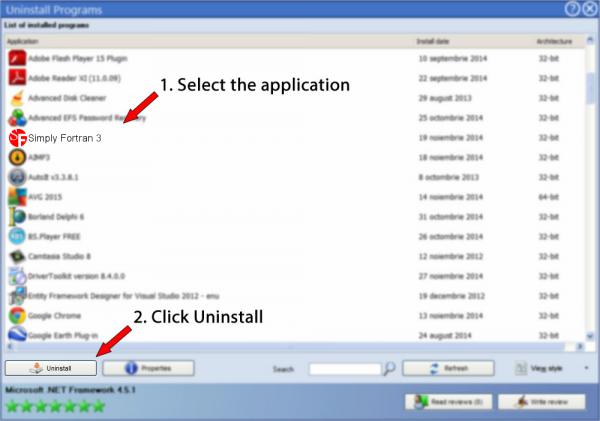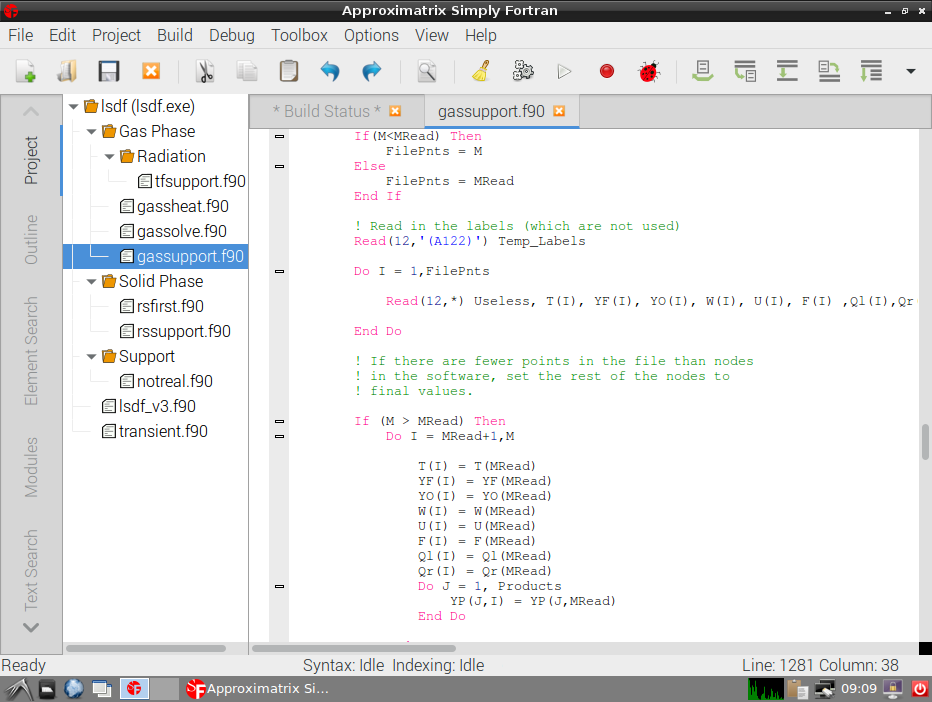
It turns out though that I learned much faster "by doing" rather than by reading. I went to the library and picked up a bunch of books (online tutorials and youtube videos were unheard of at the time), thinking that I'd learn based on strategy #1 above. When I began Fortran as an undergrad summer student, I was told ahead of time that I'd be coding in Fortran, and I dreaded it. (2) Practicing: As the comment by user tmph says the best way is often just to practice.
Fortran tutorial youtube video (for those that like to listen rather than read). (there's a multitude of links to other tutorials and books there!). (1) Tutorials: As with any programming language, there's plenty of books and tutorials for Fortran, and some of these come with exercises you can do to help you learn the language. However as a Fortran programmer myself, there's two strategies I can recommend: The concept of "mastering" a programming language is a bit subjective, and people typically don't "master" a language with "minimal effort". Let’s try our program to calculate age again."How to master Fortran programing with minimal effort?" Note that you need to do this within your Python kernel, as the Fortran kernel doesn’t recognise the %%bash magic. We can do this using a couple of magics: %%writefile to create the scripts, and then %%bash to create our bash cell. Option 2: Compile and execute Fortran scripts using Bash cellsĪ pretty simple workaround is to write the Fortran scripts to file within Jupyter and then execute using a Bash cell. Luckily, there is a pretty easy way to get around this using the pre-existing magics built into Jupyter. You can see that because the Fortran kernel is trying to compile and execute the program in one go, it fails when it does not receive all of the expected inputs (in this case, a single number). f90 ( unit = 5, file = ' stdin ' ) Fortran runtime error : End of file Error termination. What year were you born ? At line 5 of file / var / folders / jq / j1k41wzs0ddflbrr33twdnm00000gn / T / tmptil2332r. Let’s see how it runs with a simple program that just prints some hardcoded text. Once you have installed it, you simply need to select Fortran as your kernel type when you create a new notebook, and you’re good to go! 
#Simply fortran tutorial how to
Peter Hill has written a very easy to use and install Fortran kernel, which you can find here along with instructions on how to run it. The first option is to simply install a Fortran kernel for Jupyter, which means all of your cells will automatically run Fortran code. Option 1: Run your notebook from a Fortran kernel

As such, I started looking at my options for running my Fortran scripts within a Jupyter notebook.

However, while I started out by writing separate scripts, I got really annoyed not being able to take notes alongside my scripts or keep related scripts together in the same document. Having heard people talk about the performance improvements that Fortran gives over R or Python, I got curious - how hard is it to learn? Turns out that more recent standards of Fortran, such as Fortran 95, are pretty easy to pick up, so I started working my way through this excellent tutorial.







 0 kommentar(er)
0 kommentar(er)
